If you’re also a user of the mind-numbing distraction machine known as Instagram, you’ve probably seen it on your story feed: the dramatic flushed cheeks, the inflated doll lips, the oh-so-cute virtual freckles. They appeal to the sparkling aesthetics of the internet age; they’re absolutely adorable; and they’re a widespread and invasive form of toxic beauty standards: Instagram selfie effects.
For the uninitiated, Instagram has introduced a feature that allows users to create their own selfie filters using augmented reality technology. With these effects, people can digitally modify their facial features with the Instagram camera, producing interesting — and sometimes disturbing — results. The advent of user-created effects allows users to project all the aesthetic tastes and preferences of Instagram culture directly onto their face, emulating styles that most frequently target young women. Recurring motifs by users @ilovediany and @alexandra_kisa include designer prints plastered across glass-smooth skin, butterflies or Playboy bunnies stamped onto rosy-red cheeks, and, most prominently, inflated lips reminiscent of a Bratz doll, or perhaps the work of a Beverly Hills plastic surgeon. Basically, the filters can make your face look like it was submerged in a vat of bubblegum-pink social media influencer essence, and they’re all the rage.
The popularity of these filters could be attributed to their appeal to the glitzed-out, cyber-glam sensibilities of Instagram users, but I’d say it goes deeper than an affinity for face tattoos. The beautifying effect of these filters is immediate and jarring; you’ll likely end up resembling a stereotypical Instagram model.
In the more popular filters, eyes are elongated and narrowed like Kendall Jenner’s, noses are slimmed down, all blemishes are blurred and eradicated, and lips are plumped to an extreme degree like the other Jenner sister. Despite these extreme, almost cartoonish distortions, many young women display their virtually-altered look proudly on their stories and posts. Perhaps it helps us get a taste of an unachievable beauty standard, even if it’s just for a moment.
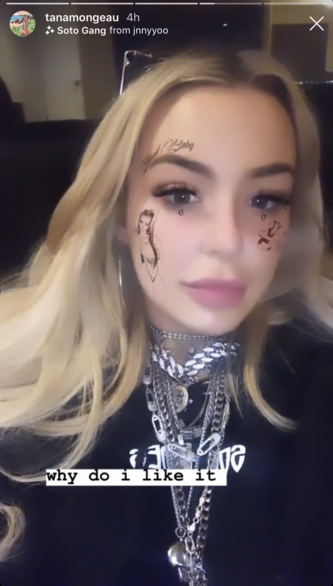
These filters don’t derive all their popularity just from preying on insecurities — they’re actually pretty fun to use. In what other context would I get to sport Hello Kitty face tattoos without permanently ruining my employability? The selfie effects indulge my e-girl aesthetic fantasies and transpose them right onto my face, yet I simply don’t feel right using them. With no makeup on and running on two hours of sleep, I took a selfie with the filter better than any other selfie I’d ever taken. It was a selfie I would never be able to achieve with my actual face, and yet I derived an odd sense of satisfaction from seeing that artificial doll-faced version of me. I couldn’t help but think: What if I could actually look like this? The selfie filters had given me another person to compare myself to, but this time it was a hyper-beautified version of myself.
These filters, beyond the kawaii artifice, encourage the internalization of unrealistic beauty standards for social media users, and their impact can be disastrous for one’s self-image.
It’s one thing to see the highly-edited, Facetuned influencers on our feeds every day, but to see exactly how we’d look if we matched social media beauty standards perfectly is radically more destructive. Before social media and selfie filters, the only people who had access to edited, perfected photos of themselves were celebrities in magazine spreads or advertisements. Today, absolutely anyone has that same access, and absolutely anyone can utilize that access for likes and validation on social media. This is a practice that could potentially lead to a multitude of self-image issues when the filtered face on Instagram with hundreds of likes doesn’t match the unfiltered face in the mirror.
Disregarding the Hello Kitty tattoos, the face that stared back at me when I tried the filter wasn’t my own — it was an accumulation of every facial feature social media regularly tells women they need to be pretty. My eyes were enlarged, my nose was reduced, and my lips were engorged; I also had freckles though, so I guess that makes it look super natural! The function of the effects, beyond the glitter and fluff, is to distort an individual’s face in order to emulate coveted beauty trends that are really only achievable through plastic surgery. If one is unhappy with their appearance but regularly appeases their insecurities with these filters, it’s easy to imagine that they’d eventually seek out something more permanent. So, using these selfie filters is more complicated than it may seem.
Once I got past the initial primal delight of resembling an influencer on the explore page more than what I see in the mirror, I began to feel uneasy. It wasn’t the edgy dragon tattoo splayed across my right eye or the koi fish across my cheeks that left an impression. It was the fact that my face no longer belonged to me; it belonged to a larger system of influencers and corporations that profit off telling women that their appearance is inadequate. This isn’t a new phenomenon — entire industries have made billions by inventing beauty standards that women are encouraged to meet at any cost.
These filters ultimately represent a new, particularly invasive, and damaging symptom of this disease. We catch a glimpse of what could be made possible only with plastic surgery and makeup, and then with an accidental swipe of the finger, it’s gone.
The transition between using a cute Instagram selfie filter and undergoing extensive cosmetic surgery is admittedly steep and complex. I’m not trying to argue that these filters are wrong because there’s a direct and unavoidable correlation; it’s much more complicated than that. What I am trying to argue is that the use of these filters perpetuates the notion that the range of beauty is an incredibly limited one, and features that don’t fall within this narrow categorization are not good enough. The filters send this message every single time they replace perceived “imperfections” with a marketable mold of the female ideal.
Users of these filters should consider the underlying implications of these sugary-sweet, butterfly-adorned vehicles of weaponized insecurity. Ask yourself: Why do I feel prettier?
Graphic courtesy of Geena L. Roberts.
Photo of Tana Mongeau courtesy of lifeandstylemag.com.


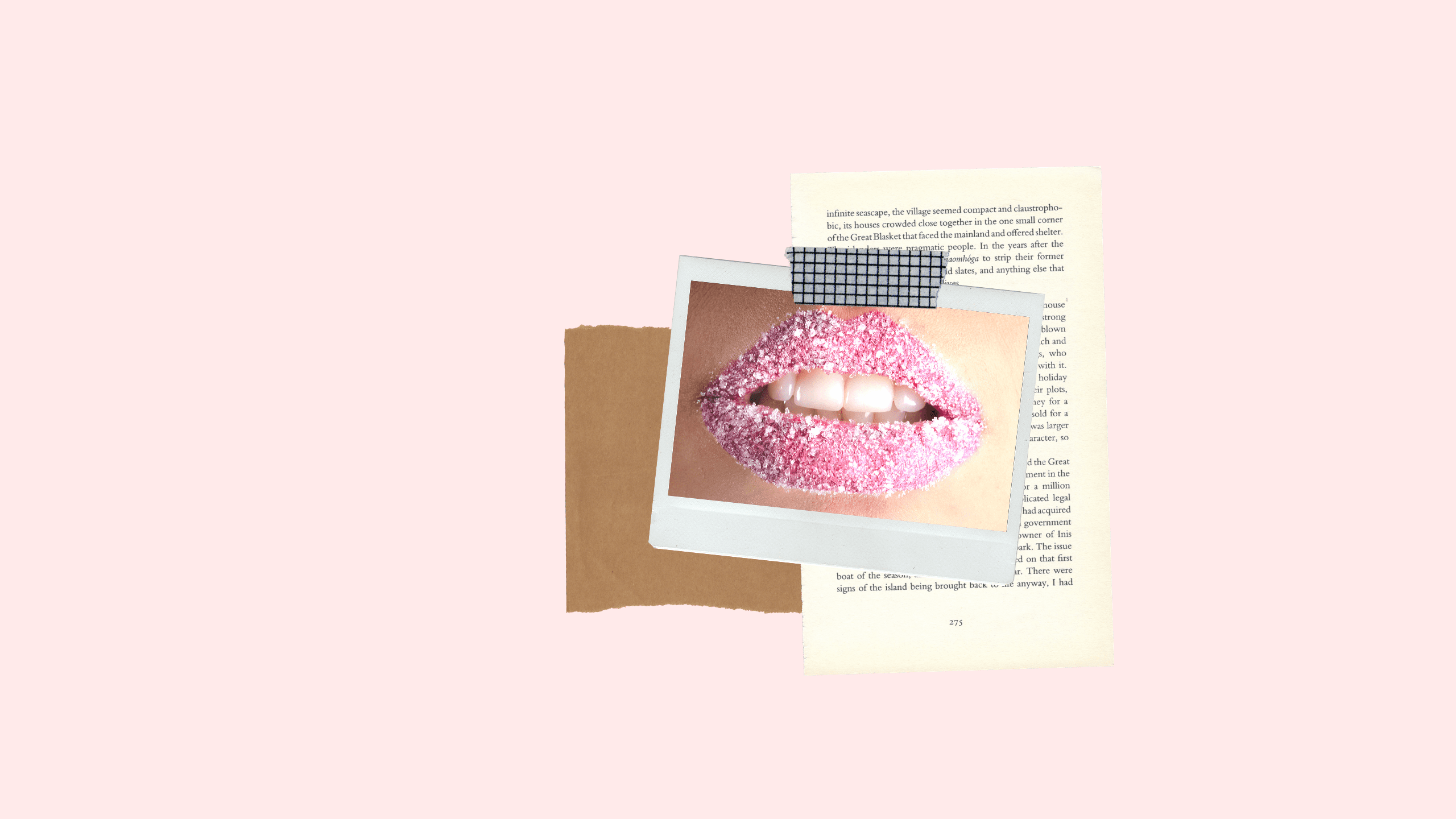






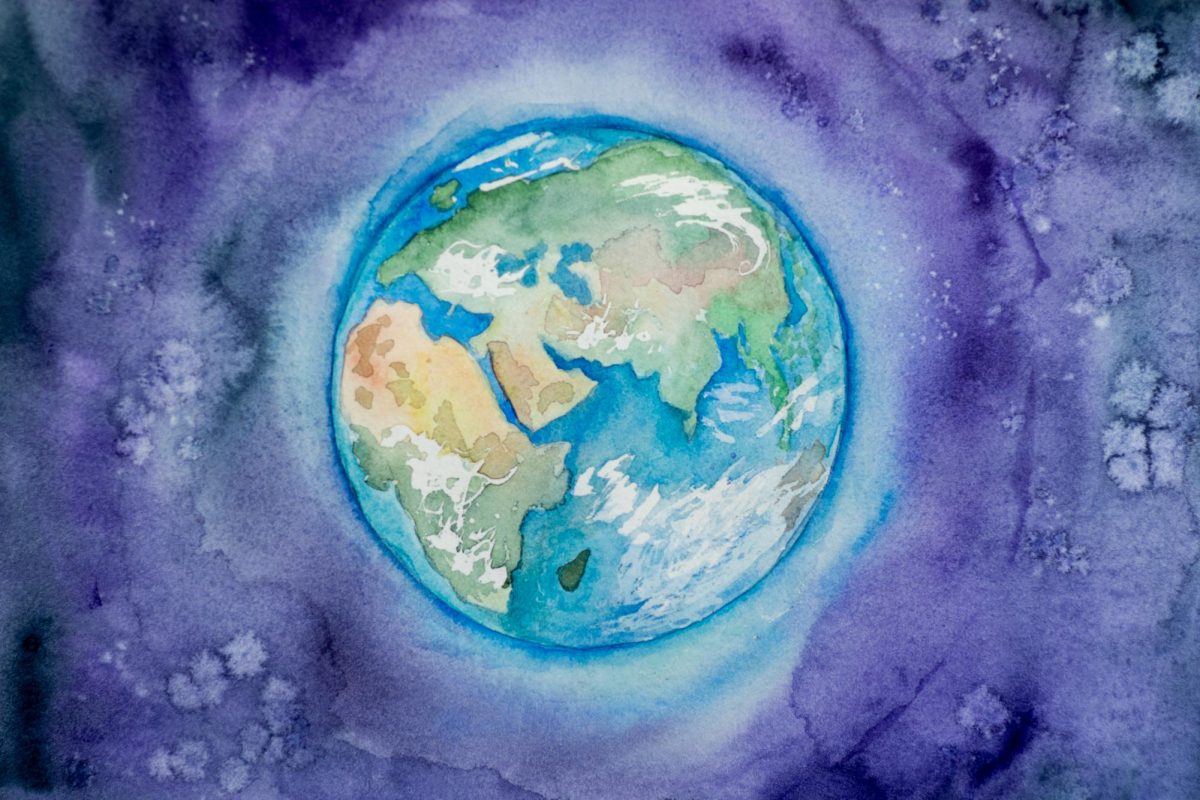
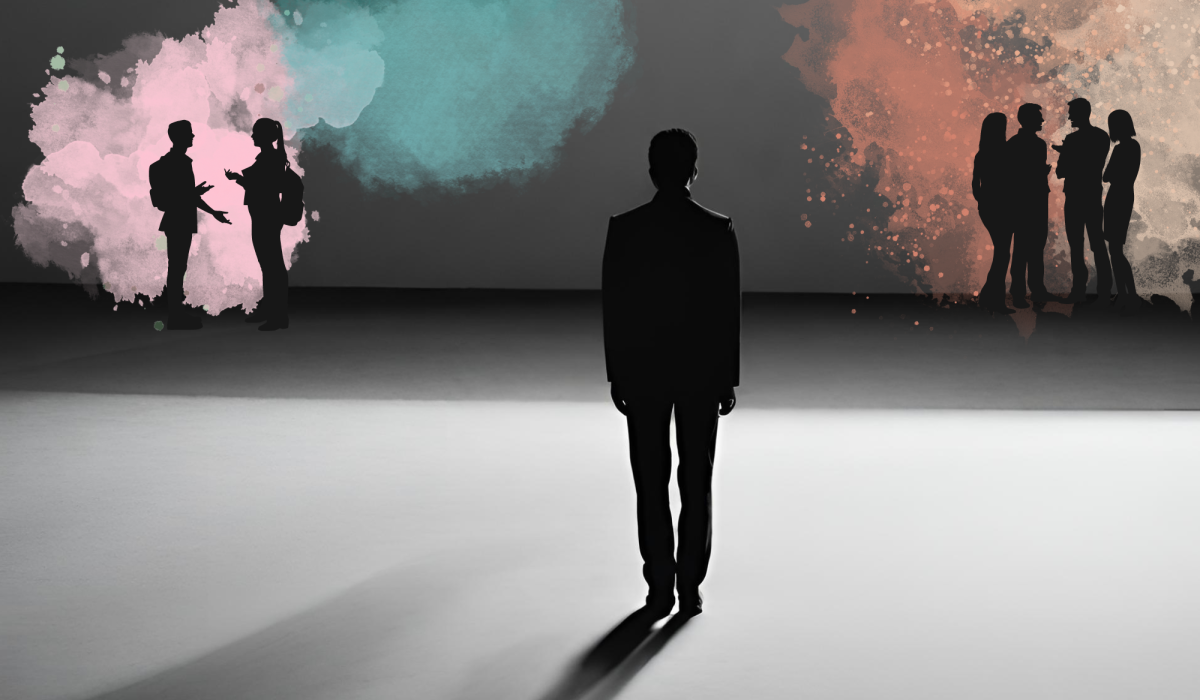
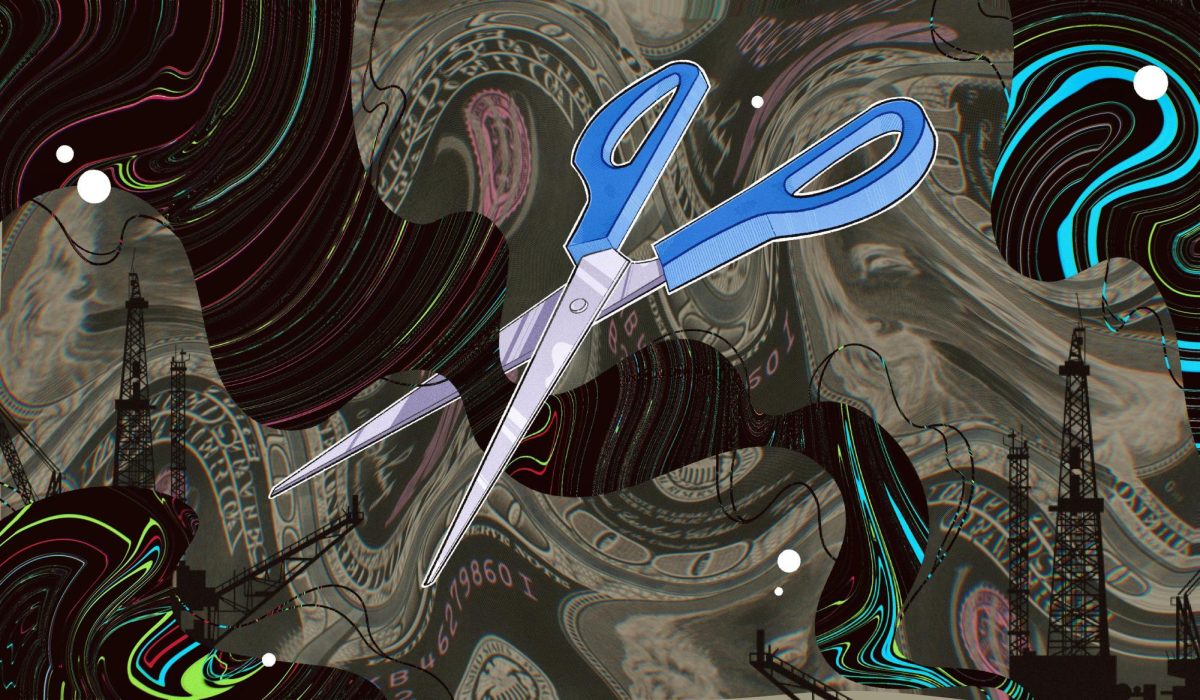

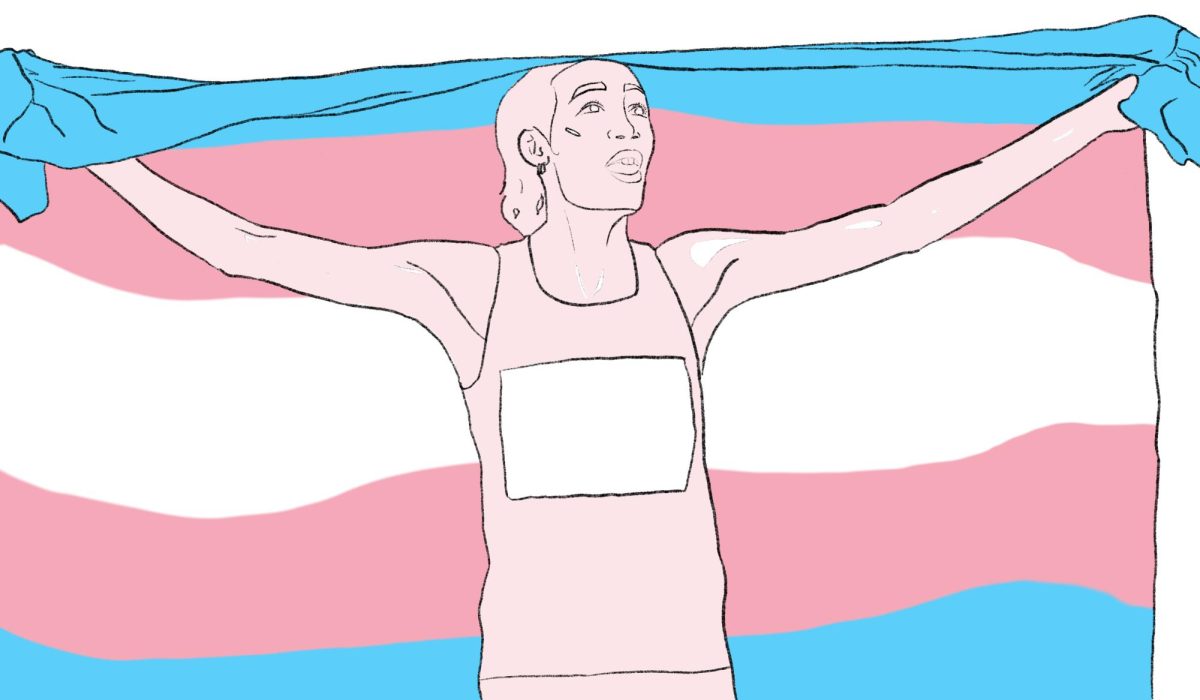
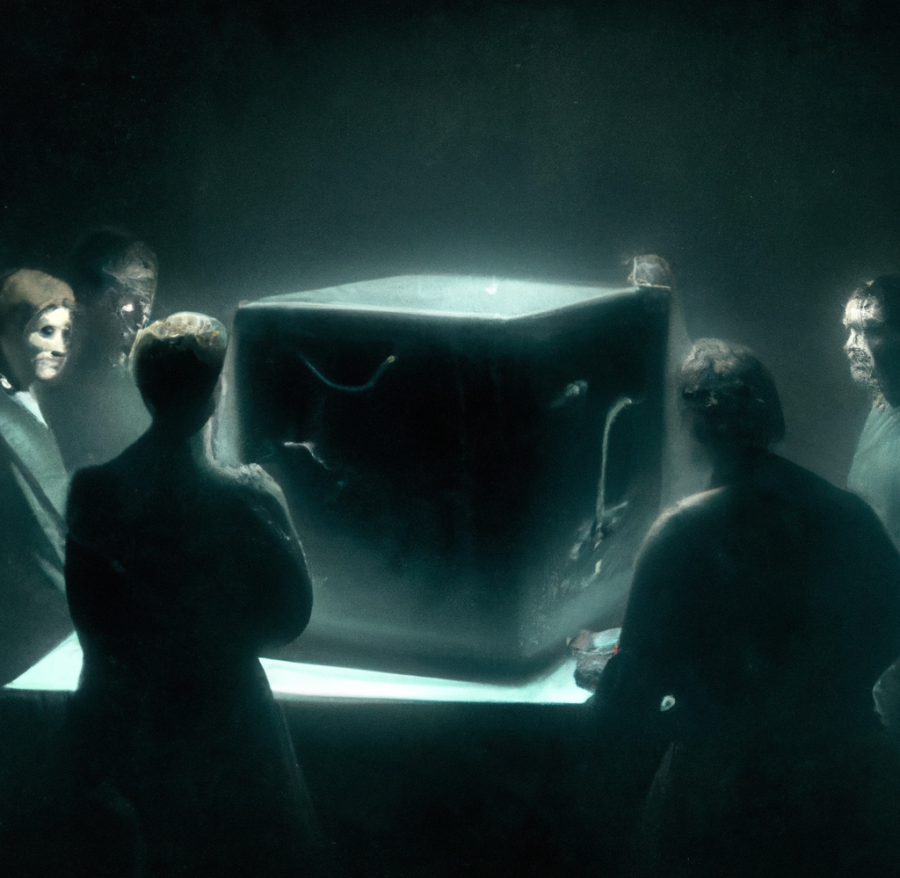
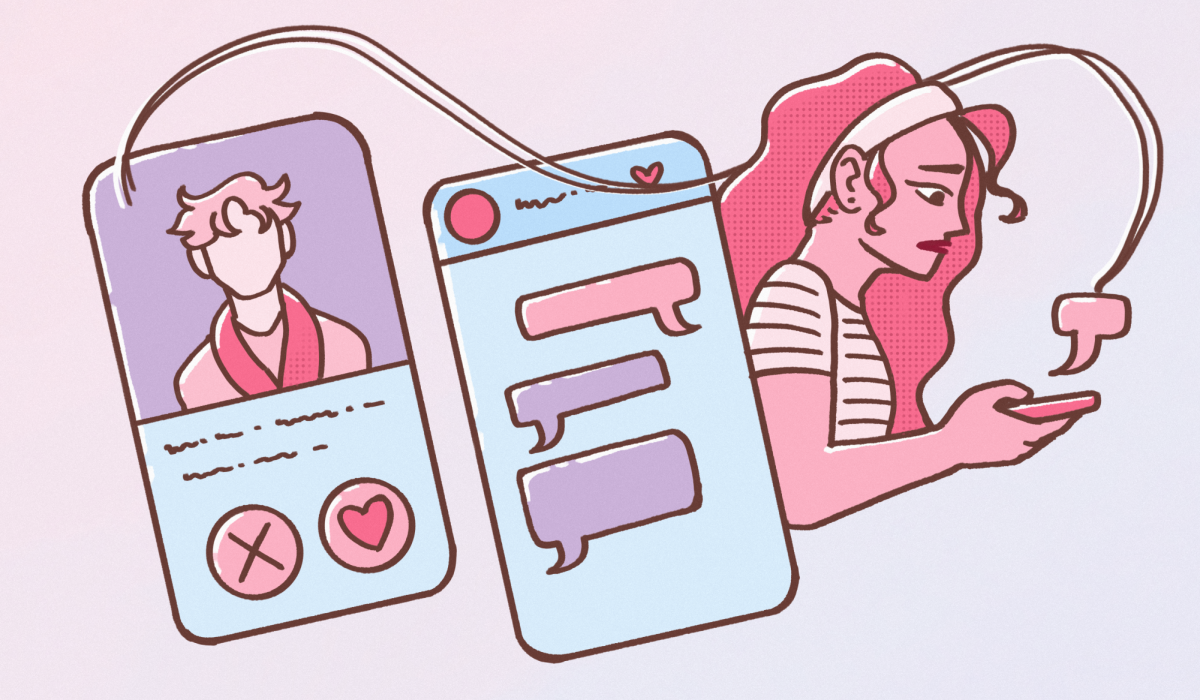
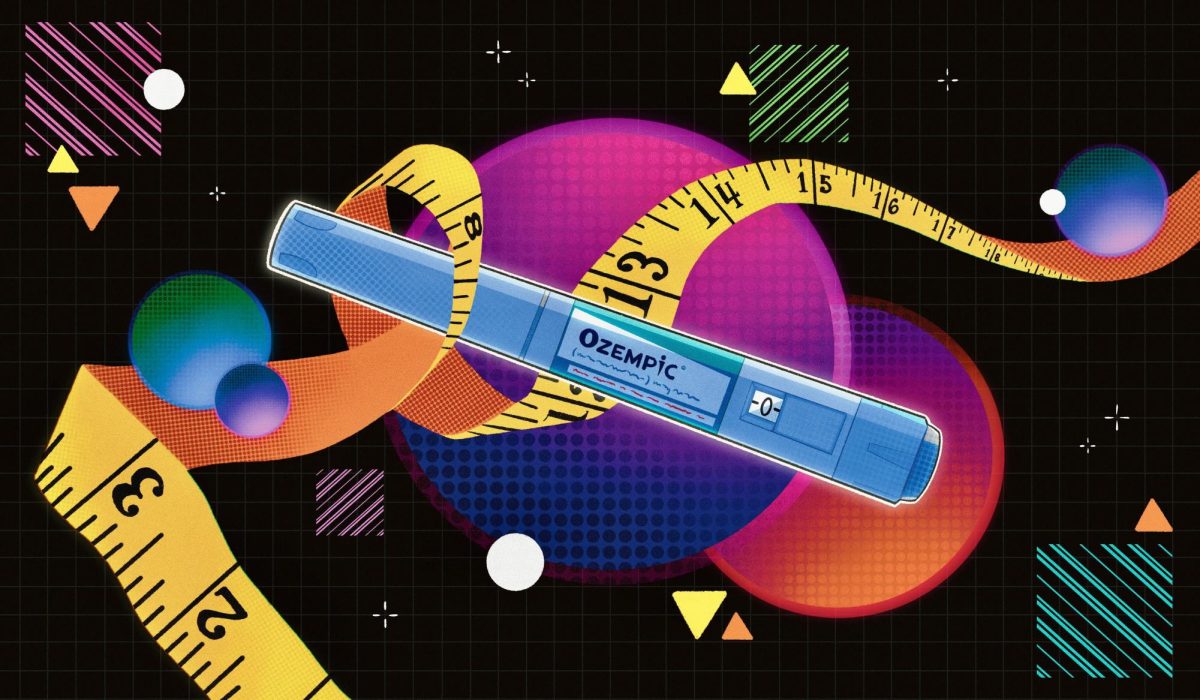
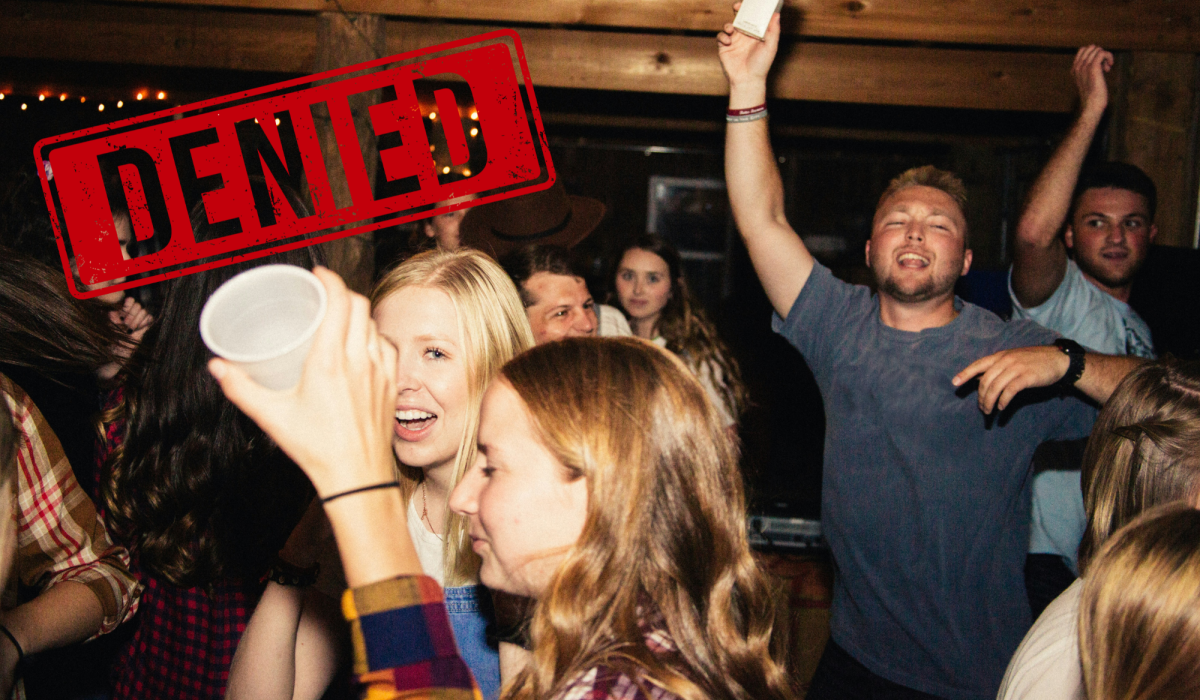

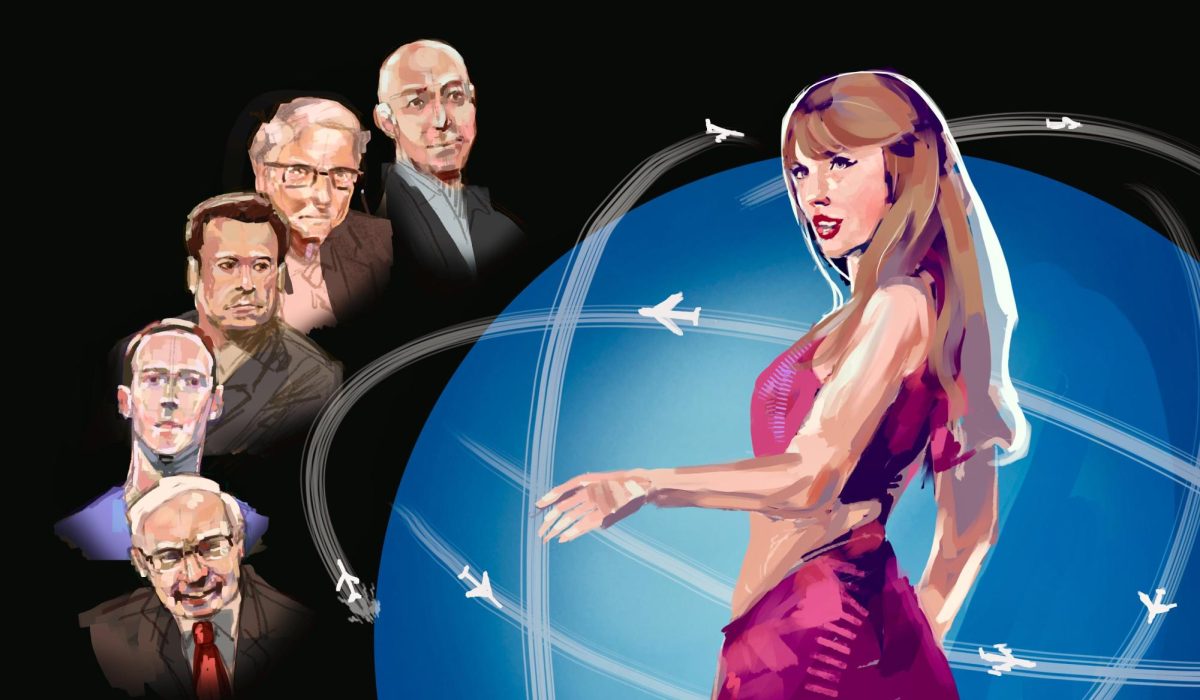

Brenda Gray • Oct 9, 2023 at 4:00 am
Thanks for posting!
Prof Dr Paulo Coelho • Nov 20, 2019 at 12:41 pm
Excellent post, congratulations !!!